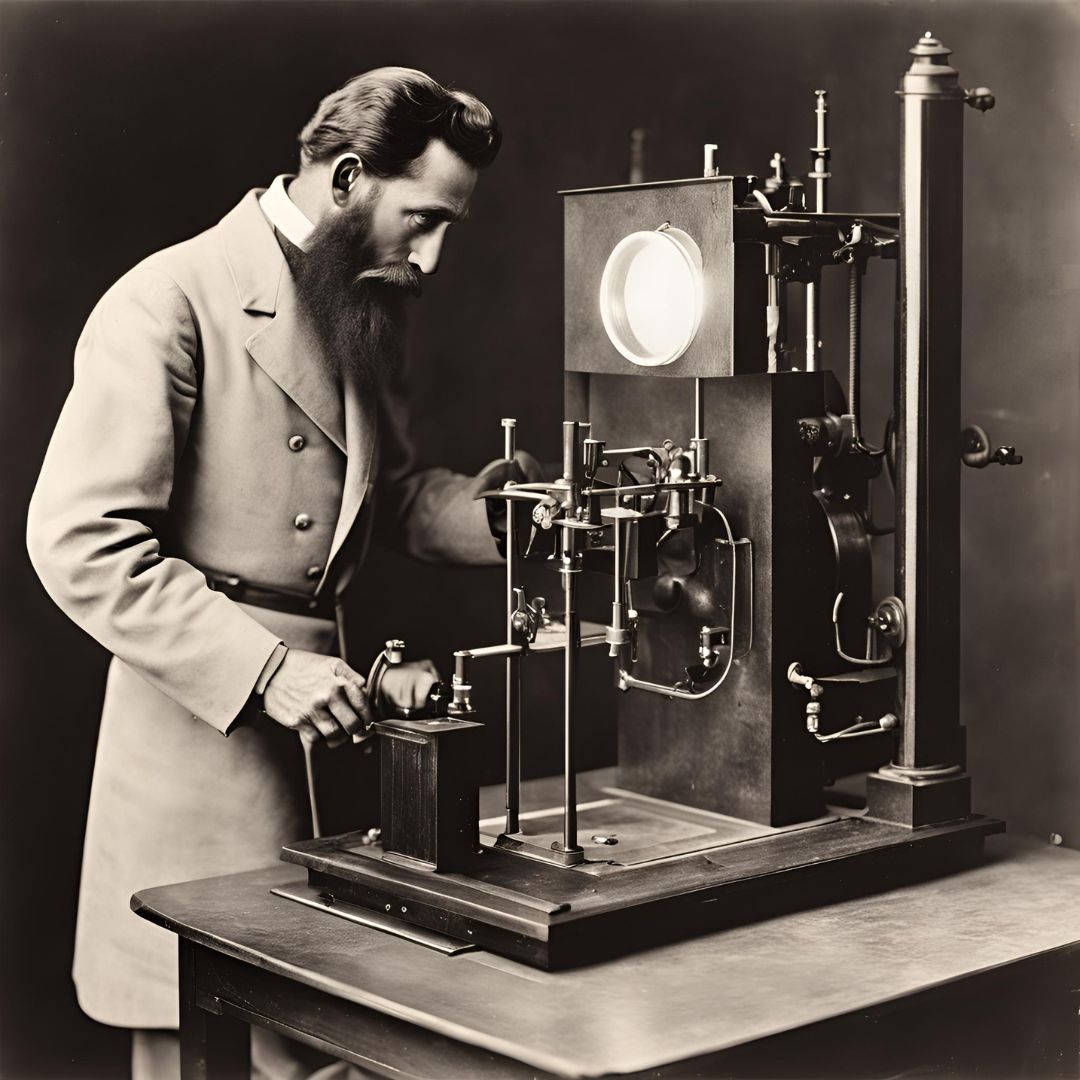The X-ray machine has a rich history that transformed medical diagnostics. From its accidental discovery in 1895 to becoming a vital healthcare tool, its journey is filled with key innovations. This article explores the evolution of the X-ray machine in simple, easy-to-understand terms.
What Is an X-Ray Machine?
First, let’s understand what an X-ray machine does. It uses electromagnetic waves to create images of the body’s internal structures. These images help doctors detect issues like broken bones and other internal problems. X-rays made it possible to see inside the body without surgery, making them a medical breakthrough.

The Accidental Discovery of X-Rays
The X-ray machine’s history starts with Wilhelm Conrad Roentgen, a German physicist, in 1895. While experimenting with cathode rays, he noticed something odd. A screen in his lab started glowing, even though no light hit it. Curious, Roentgen continued his work and discovered that these invisible rays could pass through some objects, but not others like bones and metal.
Roentgen called them “X-rays,” where “X” meant unknown. On November 8, 1895, he took the first X-ray image—his wife’s hand. Her bones and wedding ring were clearly visible. His discovery won him the first Nobel Prize in Physics in 1901 and changed the future of medical diagnostics.

Early Use of X-Ray Technology
After Roentgen’s discovery, X-rays quickly became popular in medicine. By 1896, doctors were using X-ray machines to find broken bones, foreign objects, and lung conditions. These early machines were simple but effective. Surgeons could perform more accurate, less invasive treatments.
However, there were risks. At that time, people didn’t know about the dangers of radiation. Patients and doctors were exposed to high radiation levels, causing injuries and health problems. It wasn’t until the mid-1900s that the risks became clear. This led to safety protocols to protect both patients and healthcare workers.

Advancements in X-Ray Technology
As time went on, X-ray machines improved. By the 1920s, they offered better image quality and safety features. In the 1930s, rotating anode tubes were introduced, leading to clearer images. By the 1960s, portable X-ray machines were being used in field hospitals, which helped during wars.
The 1970s saw another breakthrough: computed tomography (CT) scanning. CT scanners use X-rays to create detailed cross-sectional images of the body. This allowed doctors to diagnose more complex issues, like tumors or blood clots. The invention of CT scanners marked a major leap in medical imaging.

X-Rays Today
X-ray machines are now a crucial part of healthcare. They are used in routine exams, emergencies, and surgeries to help doctors make decisions quickly. Modern machines are faster and safer, reducing radiation exposure while producing high-quality images.
Besides healthcare, X-rays are also used in areas like security, art restoration, and research. Their importance goes far beyond medicine.
The X-ray machine’s history is a story of discovery and innovation. What began as an accidental finding by Wilhelm Roentgen is now a key tool in healthcare. X-rays help millions of people each year by enabling quick and accurate diagnoses.
From the first simple images of bones to advanced CT scans, X-ray machines continue to shape the future of medical imaging.






